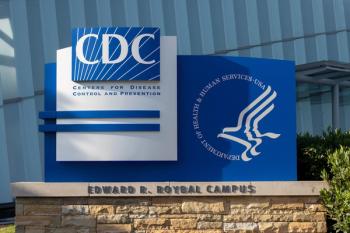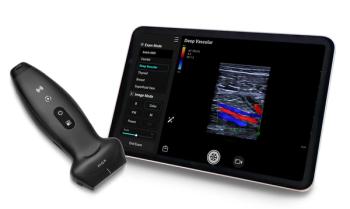
Seriously ill Medicare beneficiaries still reporting financial hardship
Despite quality of coverage, patients still burdened by healthcare costs
A majority of seriously ill Medicare beneficiaries reported having major problems paying healthcare bills of any kind, despite the quality of their coverage, according to a new study appearing in the
The study analyzed survey data from 742 Medicare beneficiaries who reported “having a serious illness or condition that, over the past three years, had required two or more hospital stays and visits to three or more physicians.” Rather than focusing on hardship in the form of specific dollar amounts, the study instead documented what the respondents themselves deemed a financial strain on themselves and their families.
“Medicare insurance is broadly popular, but seriously ill beneficiaries who most need financial protection report widespread problems affording care and financial instability,” the study concluded.
Of the respondents, 53 percent reported having serious trouble paying a medical bill of any kind, with prescription drugs causing the greatest hardship, at 30 percent, according to the study.
Additional serious hardships reported by respondents included bills connected to:
· Hospitalization (25 percent)
· Ambulance service (20 percent)
· Emergency department treatment (20 percent)
While the study identifies Medicare as “relatively good insurance,” it still has well-known gaps when it comes to financial protection, like no cap on out-of-pocket spending, which has led 90 percent of beneficiaries to have supplemental Medigap insurance, enroll in Medicare Advantage, or become dually covered in both Medicare and Medicaid.
Despite this, the study found no significant difference between beneficiaries who are solely covered by Medicare and those also covered by Medicaid.
The study cites data from the National Academy of Medicine which finds that five percent of patients account for almost half of all national out-of-pocket healthcare spending and that 55 percent of high-need patients are older than 65 years old.
The study also found that respondents said the costs of their serious illness has led to:
· Using up all or most of their savings 36 percent
· Being contacted by a collections agency 27 percent
· Being unable to pay for basic necessities like food or heat 23 percent
Deeper still, 45 percent of respondents said the financial hardship of their serious illness has led to emotional or psychological distress while 23 percent reported it leading to them having trouble caring for a dependent, according to the study.
Of the respondents, 55 percent reported that their costs were a burden to their family, while 60 percent reported that their friends and families helped a lot. An additional 29 percent though said there was times when they could not get help due to the costs.
Newsletter
Stay informed and empowered with Medical Economics enewsletter, delivering expert insights, financial strategies, practice management tips and technology trends — tailored for today’s physicians.


















